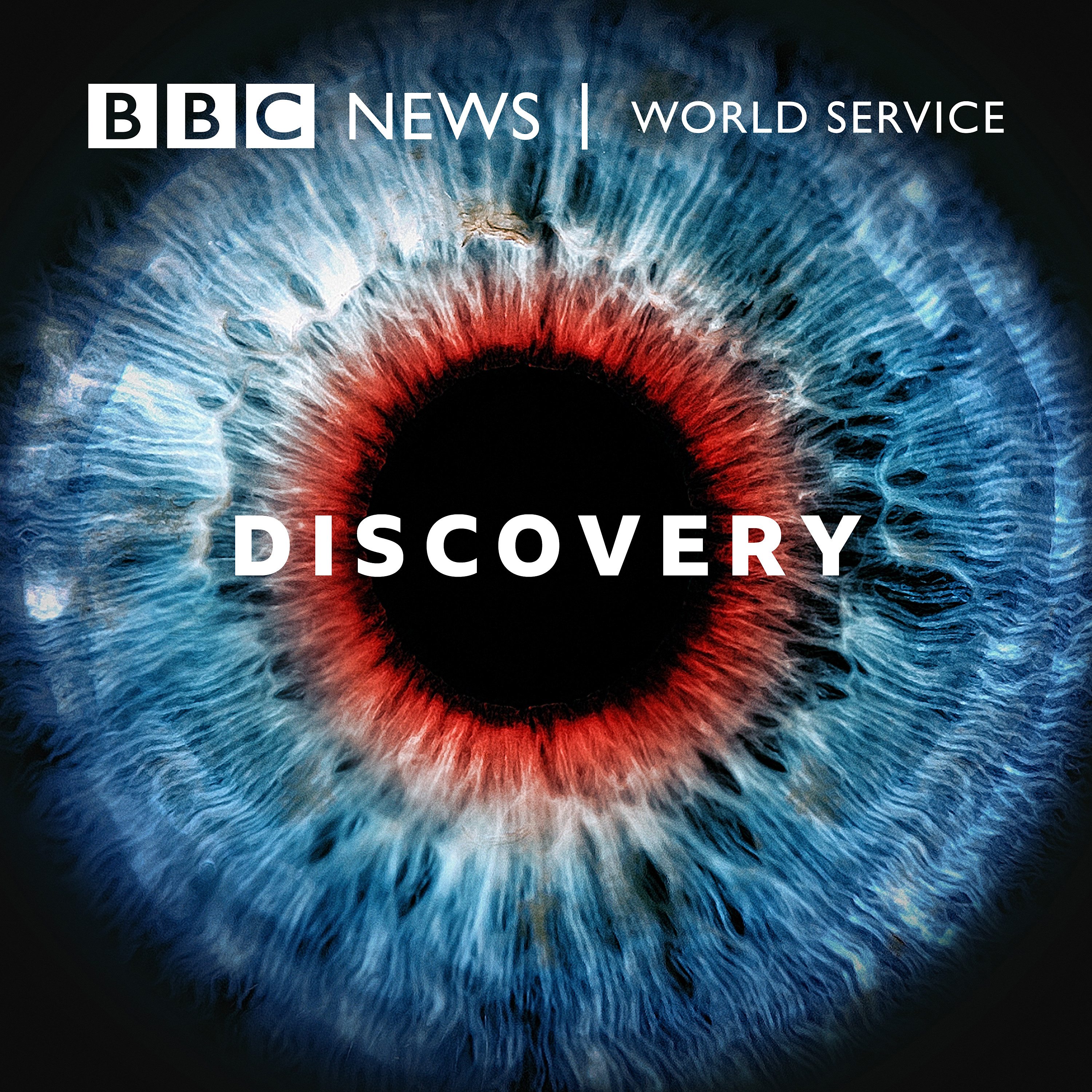Humphry Davy

In Bristol in 1799, a young man started to experiment with newly discovered gases, looking for a cure for tuberculosis. Humphry Davy, aged 20, nearly killed himself inhaling carbon monoxide. Nitrous oxide was next. It was highly pleasurable, ‘particularly in the chest and extremities’ and he began to dance around his laboratory ‘like a madman’, before passing out. By day, he gave the gas to patients, carefully noting their reactions. In the evenings, he invited his friends over to have a laugh (with assistants on standby to revive them with oxygen, as needed). The Romantic poets, Robert Southey and Samuel Taylor Coleridge could barely contain their excitement. During one session, Davy noted that the gas numbed his toothache and suggested that it could perhaps be used during surgical operations. But it was another fifty years before nitrous oxide was used by doctors. Throughout the 20th century, it was widely used during dentistry and to numb the pain of childbirth. (Nitrous oxide is the gas in ‘gas and air’: the ‘air’ is oxygen) .And it still is today, but less so. (It’s a potent greenhouse gas that damages the ozone layer, it’s difficult to store and there are side-effects). But, just as medical use is diminishing, recreational use is on the rise. A new generation of pleasure seekers have started experimenting, just as Davy did, despite the associated risks of injuries caused by fainting and death by suffocation. Naomi Alderman tells how a gas that created ‘ecstatic lunatics’ came to be used as an anaesthetic, with help from biographer, Richard Holmes and anaesthetist, Kevin Fong. Picture: Humphry Davy and Anaesthesia, Credit: Science Photo Library